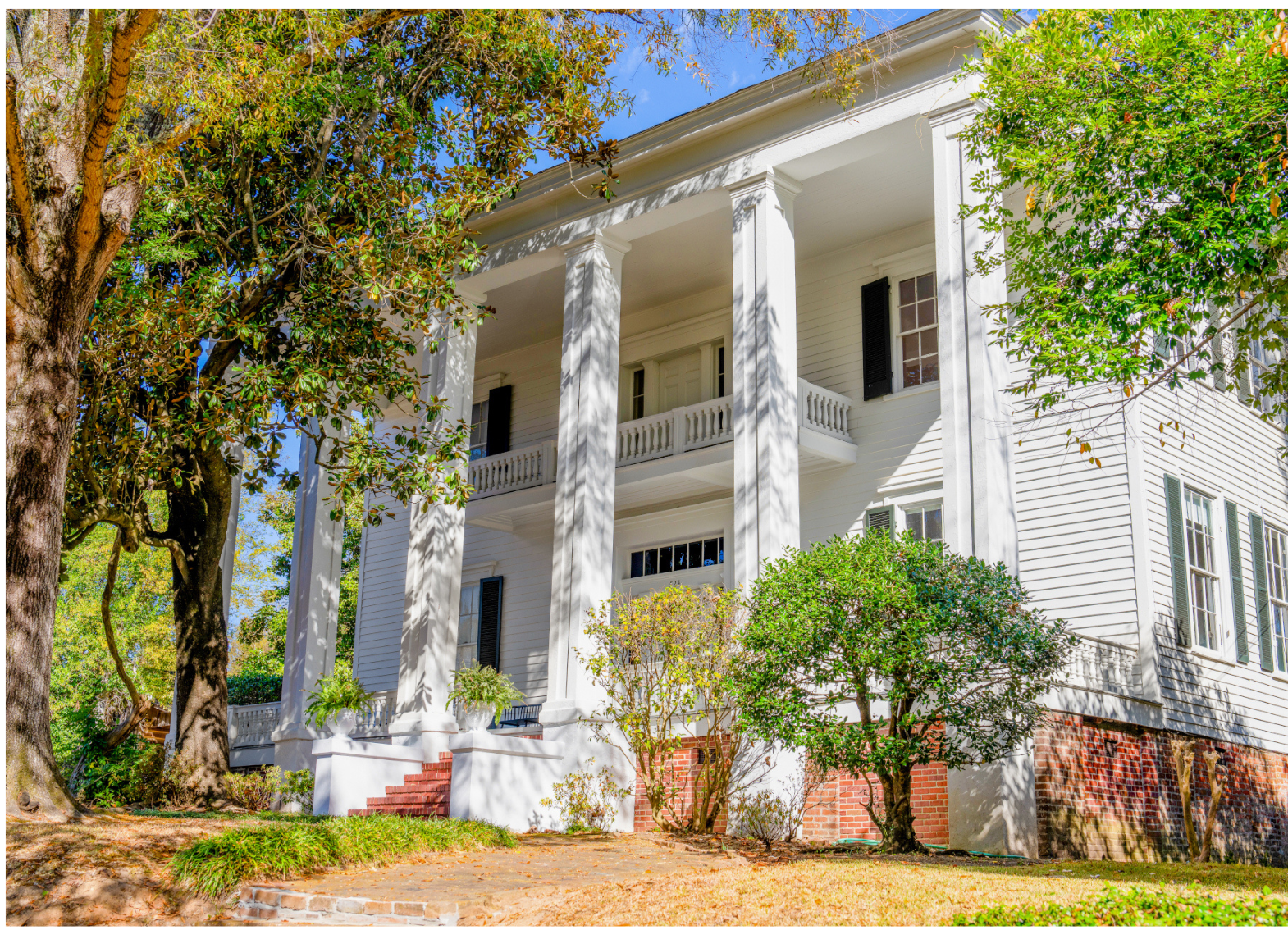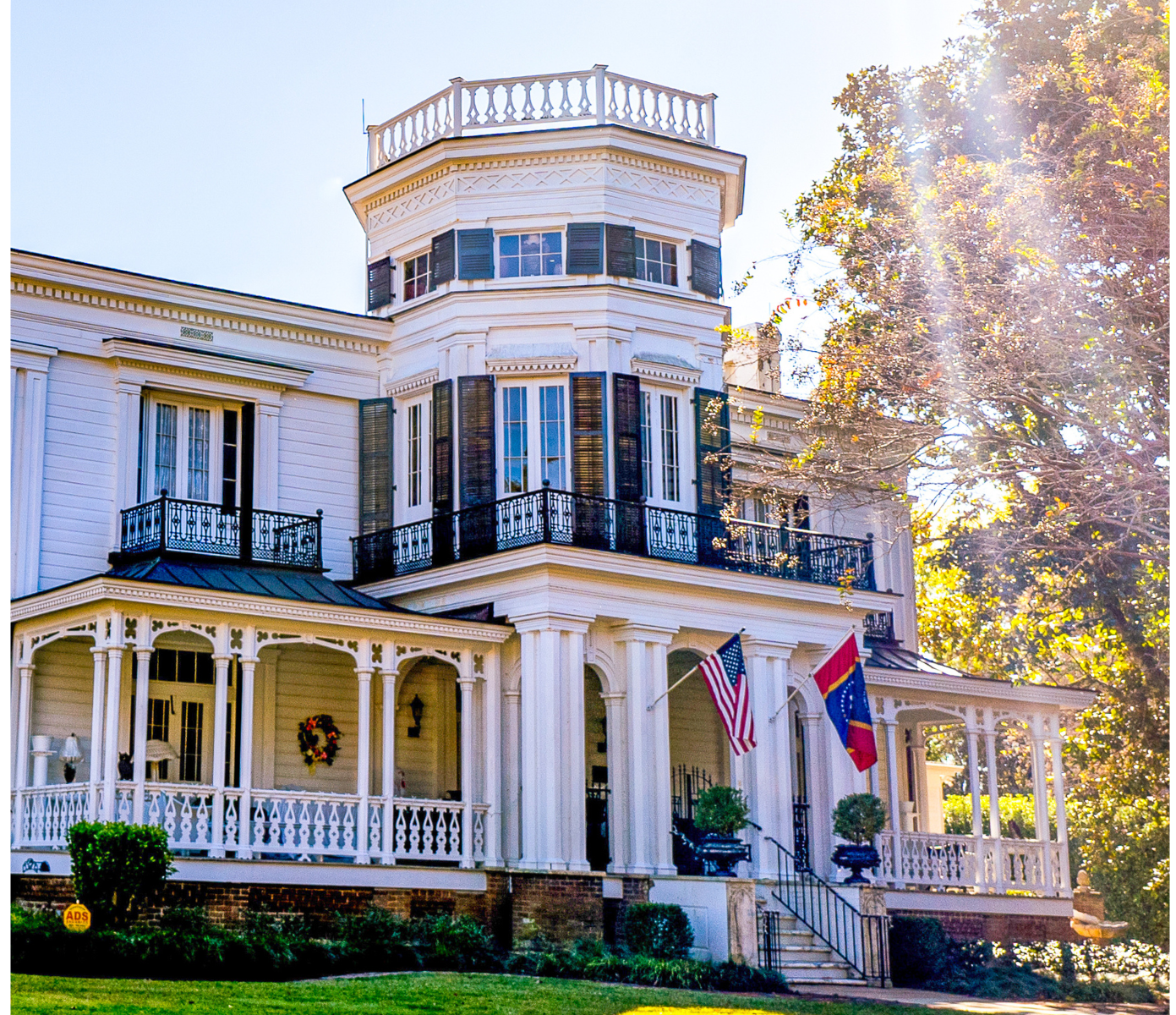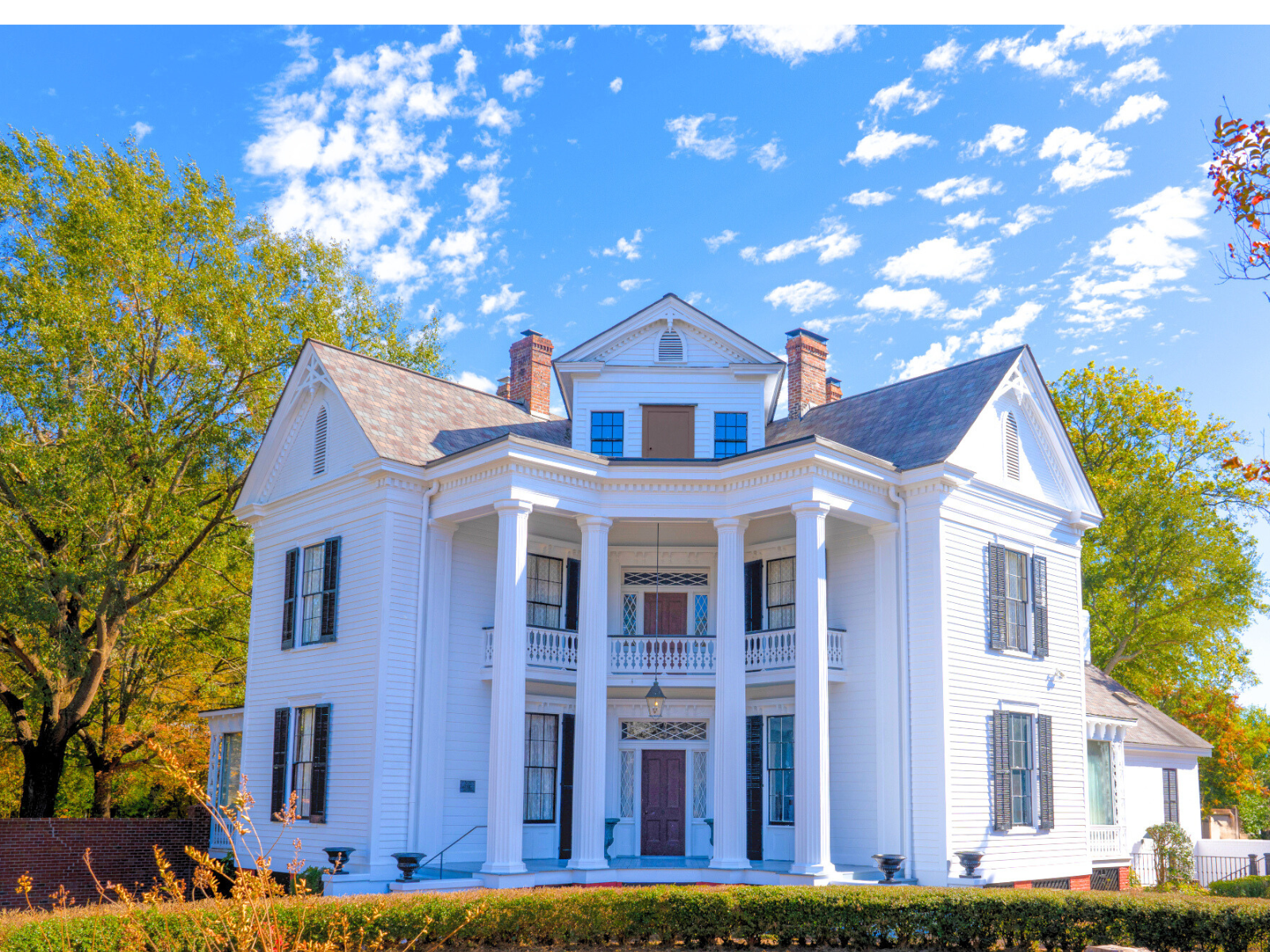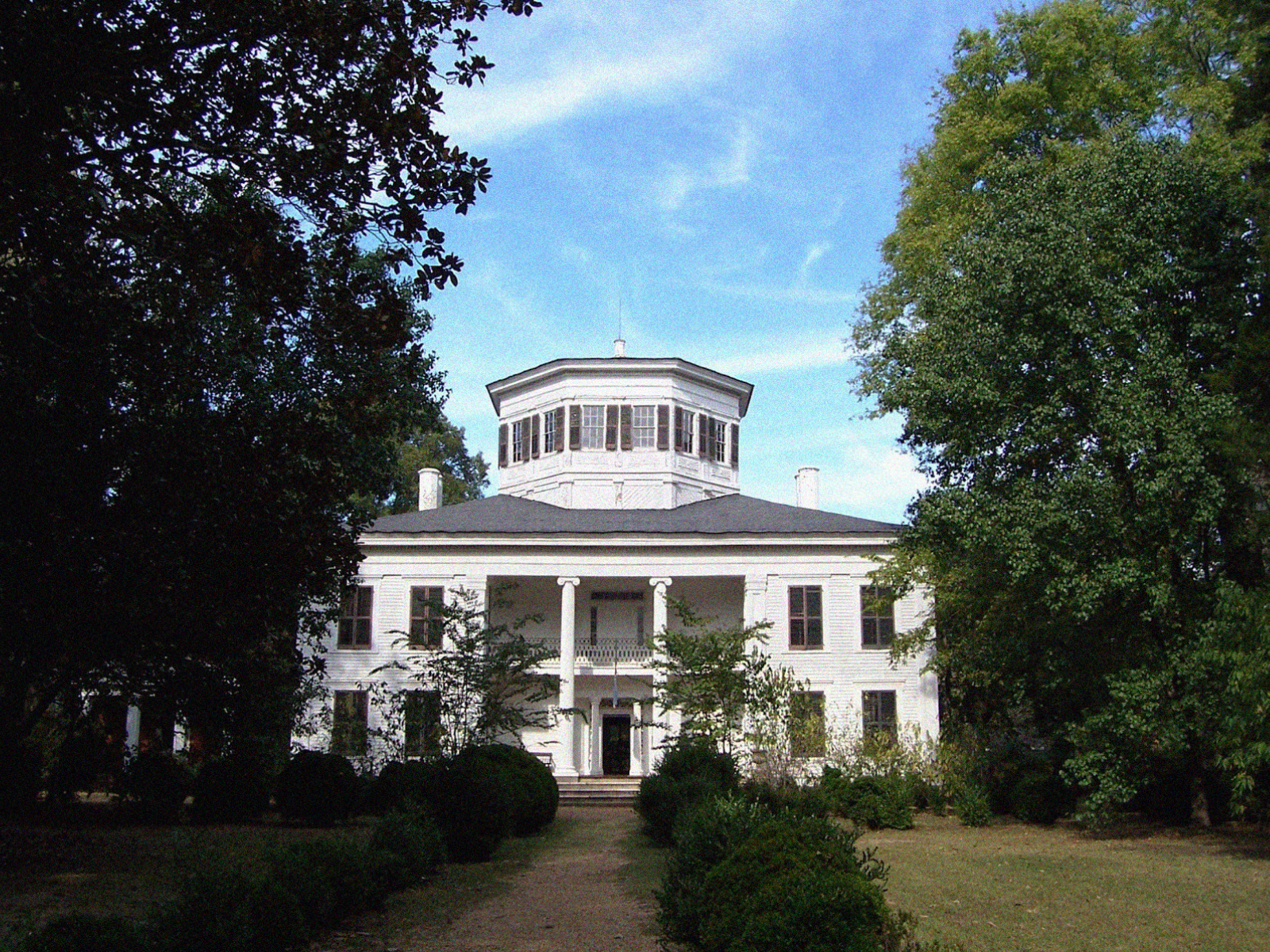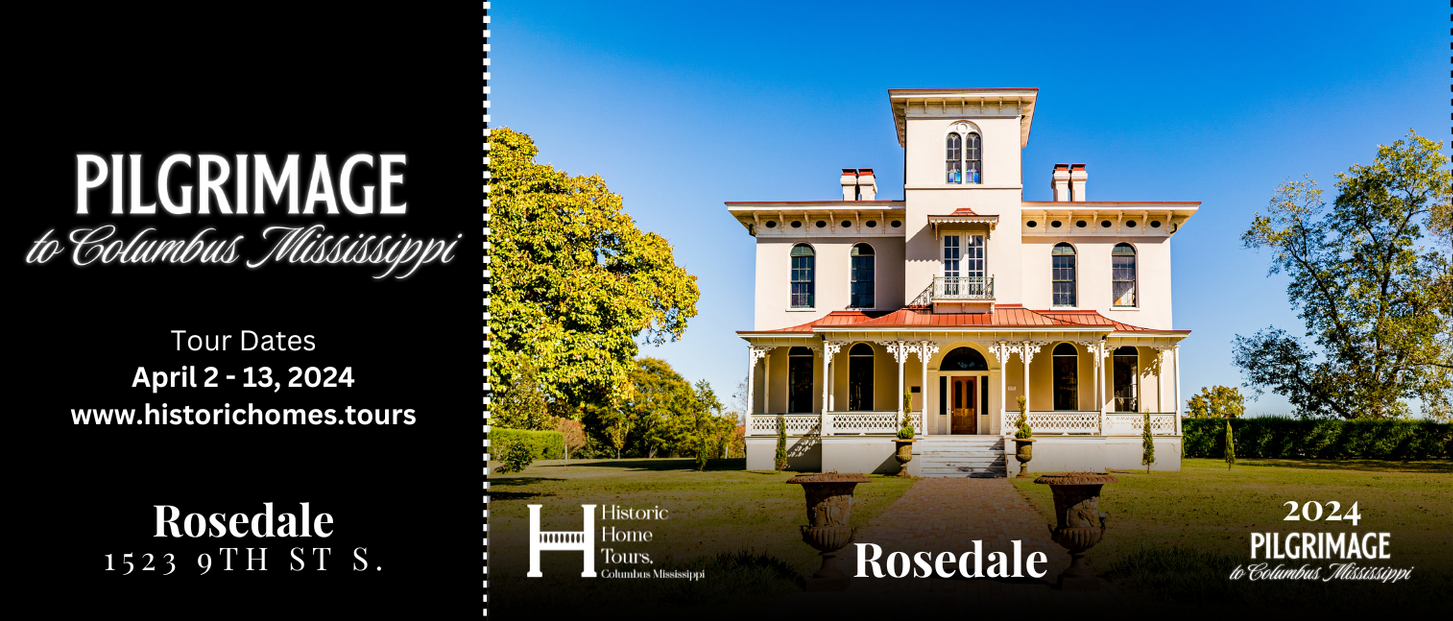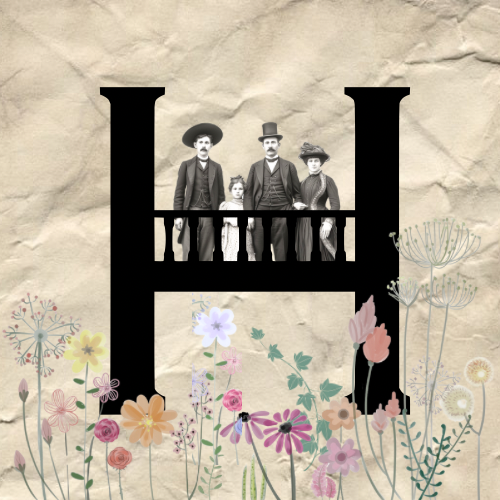March 6, 2025
In the heart of the South, where grand antebellum homes whisper stories of the past, Columbus, Mississippi, stands apart. Unlike many historic towns where antebellum homes have been converted into museums, Columbus offers something truly rare—homes that are still lived in. Each year, during the Spring Pilgrimage, visitors are welcomed into these private residences, not by tour guides but by the homeowners themselves. This unique tradition transforms a simple home tour into an intimate and personal journey through history, heritage, and Southern hospitality. A Town Preserved by Time Founded in 1821 along the banks of the Tombigbee River, Columbus quickly became a center of commerce, culture, and architectural innovation. Unlike many Southern cities devastated by the Civil War, Columbus was largely spared, allowing its historic homes to remain intact. Today, the town boasts one of the most impressive collections of Greek Revival, Federal, Italianate, and Gothic Revival homes in the United States. The Columbus Spring Pilgrimage, established in 1940, has become a beloved tradition, drawing visitors from across the country to step inside these magnificent homes and experience living history firsthand. What Makes Columbus Different? The Homes Are Still Lived In Unlike traditional historic home tours, where visitors view preserved rooms behind ropes and glass, Columbus invites you inside homes that are still occupied by families today. Homeowners personally greet guests, sharing stories passed down through generations, offering insight into historic preservation, and revealing what it’s like to live in a 19th-century home. Authentic Storytelling There are no scripted reenactments here. Instead, visitors engage in real conversations with homeowners, learning about the joys and challenges of maintaining these treasured landmarks. Many Columbus residents see themselves as stewards of history, preserving their homes not just for their families but for future generations. Southern Hospitality at Its Finest It’s not uncommon for visitors to be welcomed onto breezy front porches, served sweet tea, and invited to relax while listening to tales of the past. This personal touch transforms a simple tour into an experience that feels more like a homecoming than a history lesson. A Journey Through Time The Columbus Spring Pilgrimage is more than just a home tour—it’s an opportunity to experience history in a way few places can offer. Whether you’re a history lover, an architecture enthusiast, or simply someone looking for an authentic Southern experience, Columbus delivers an unforgettable journey into the past. Get Your 2025 Pilgrimage Tickets The schedule is up, and tickets are on sale at the Columbus Convention and Visitors Bureau. Secure your spot for this year’s event by clicking below.

